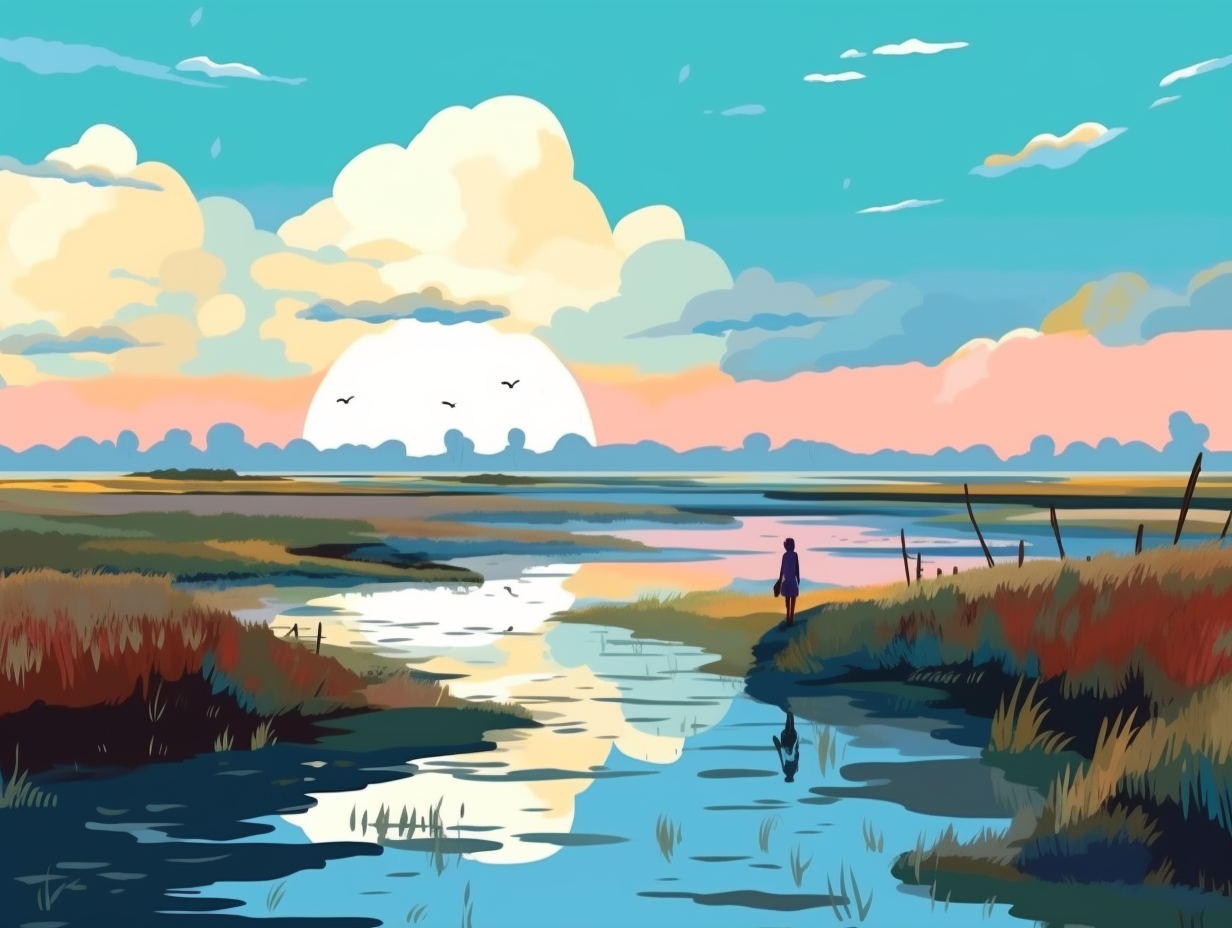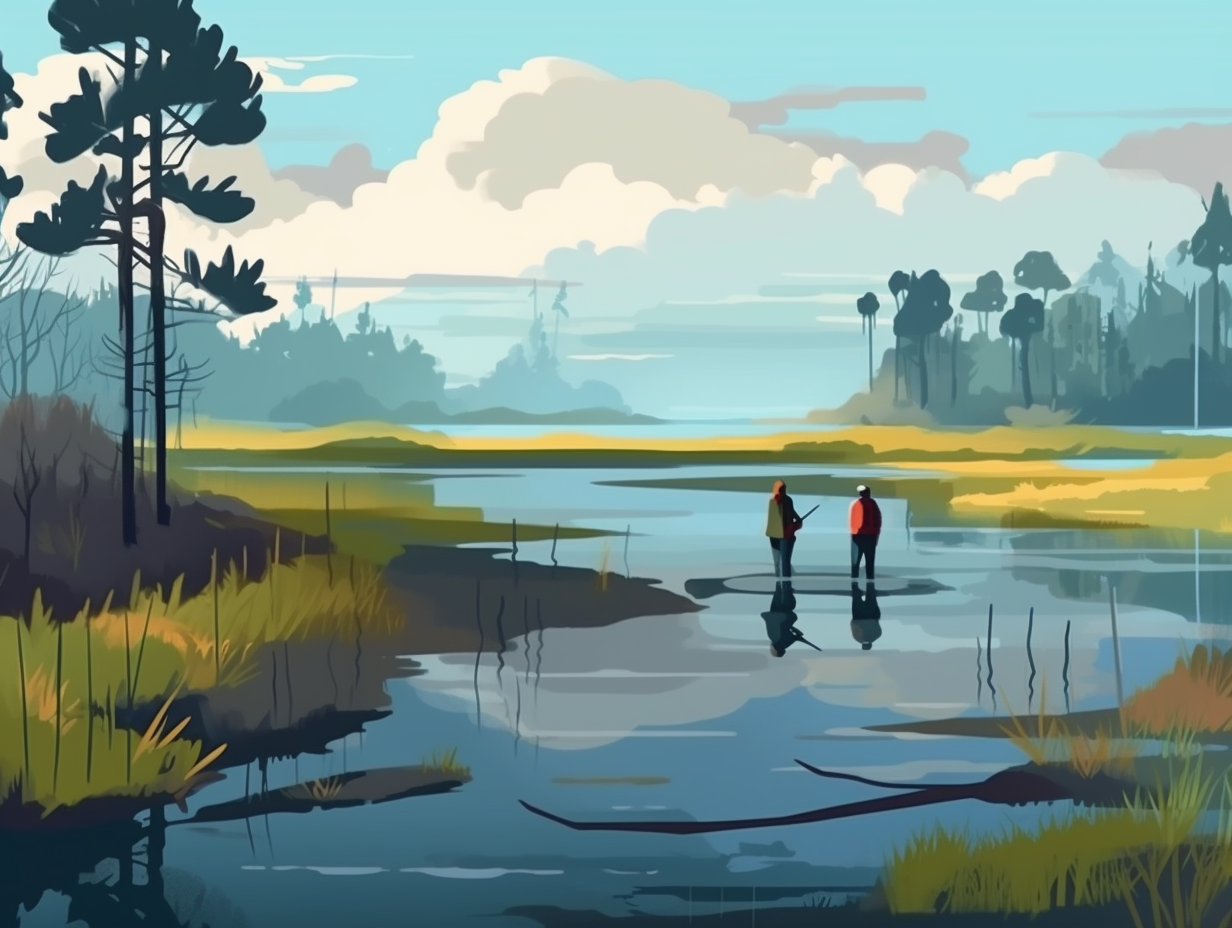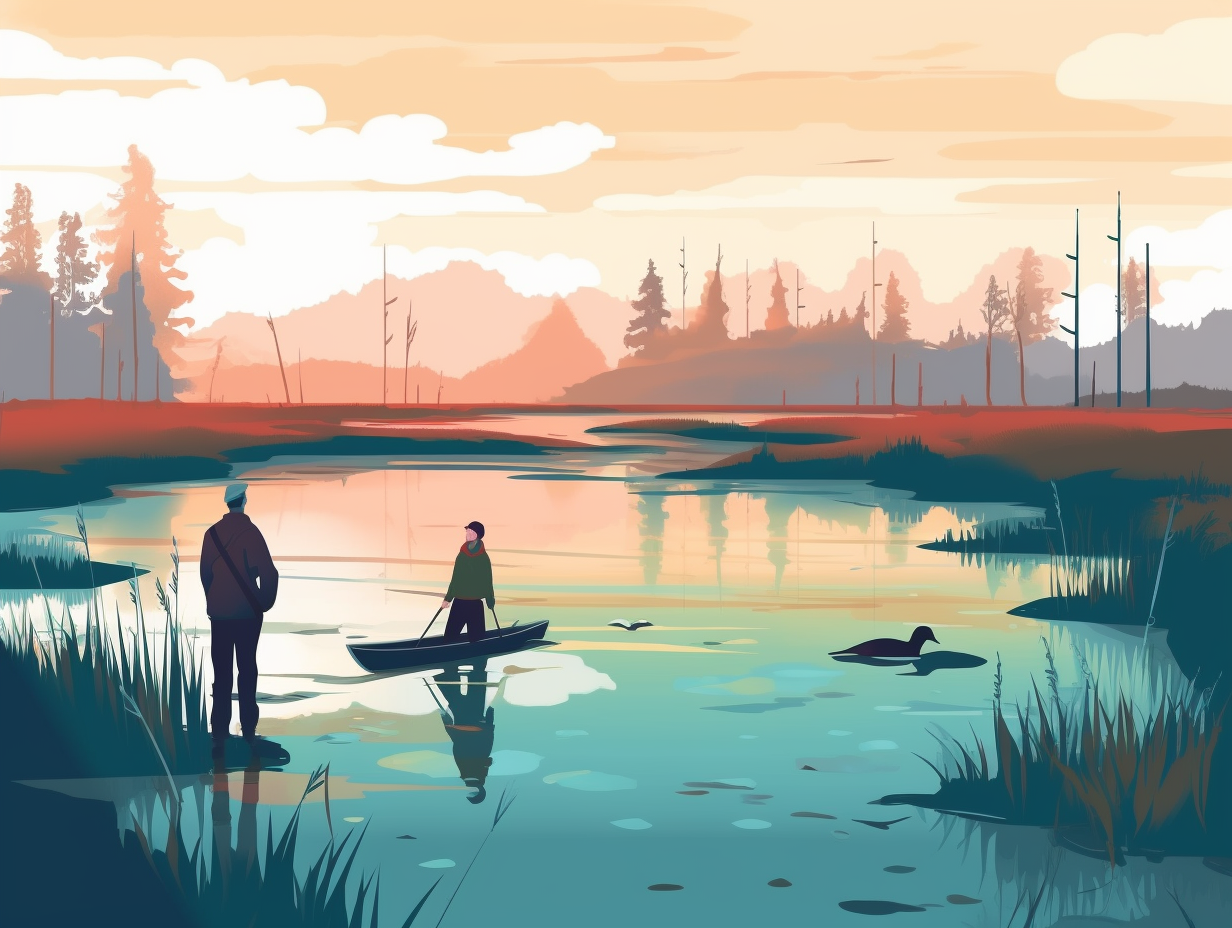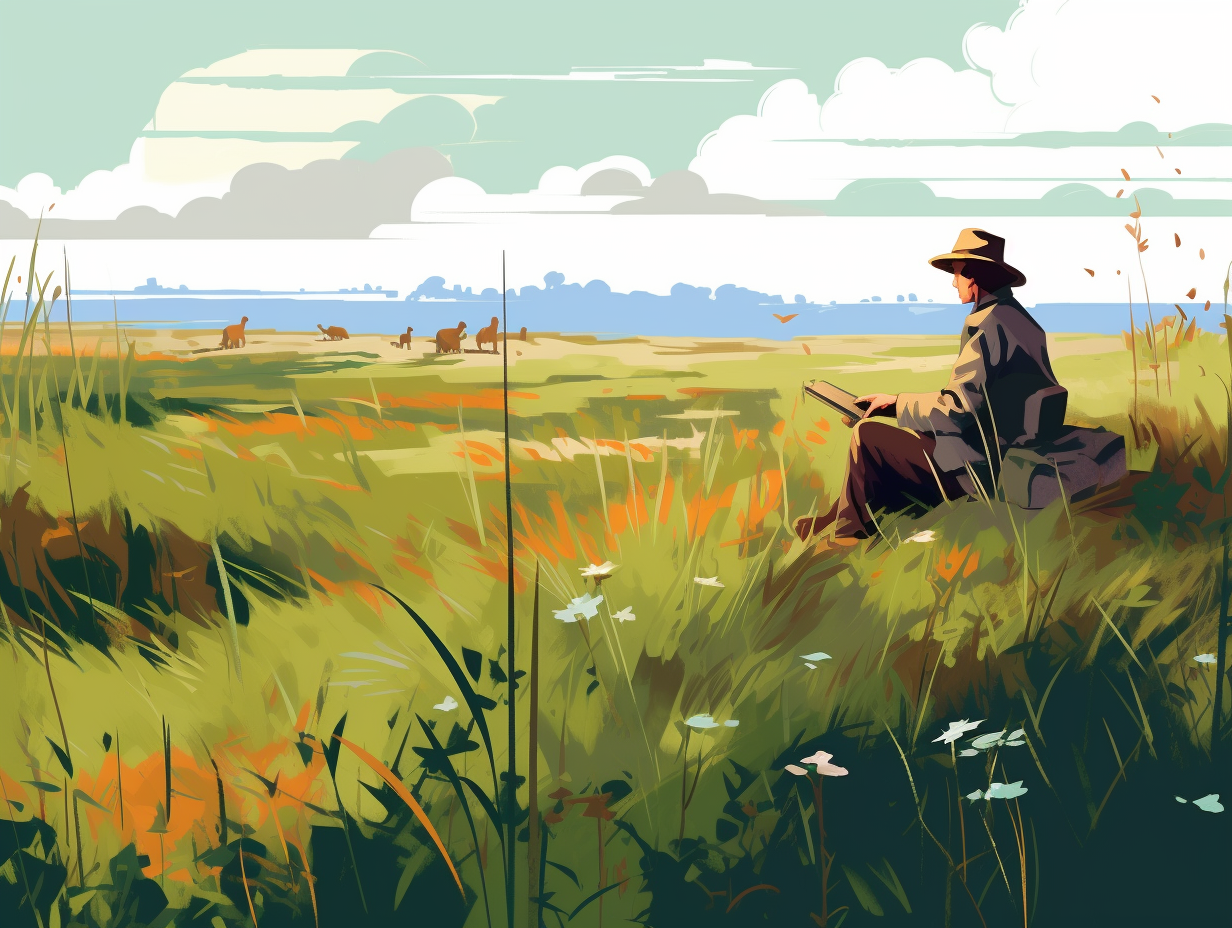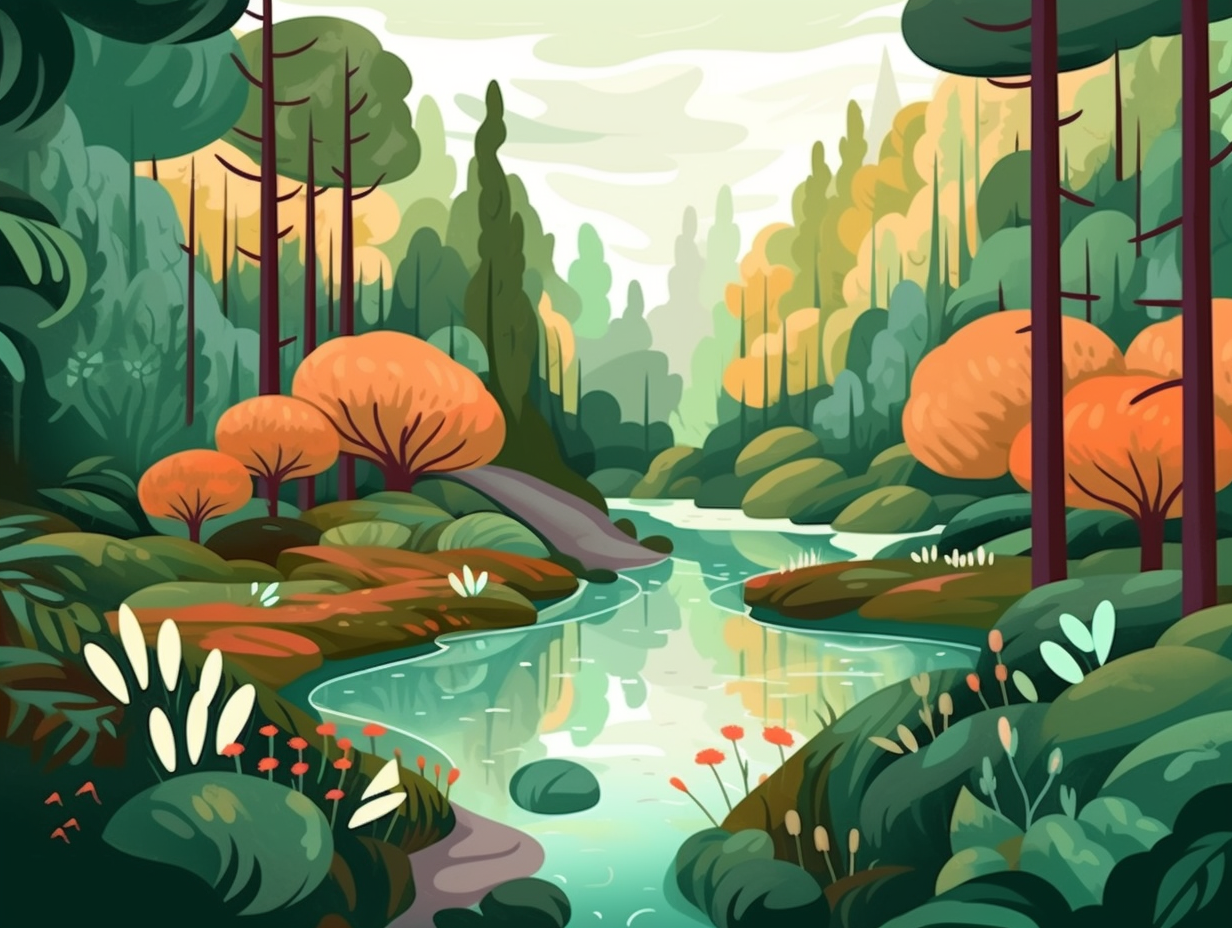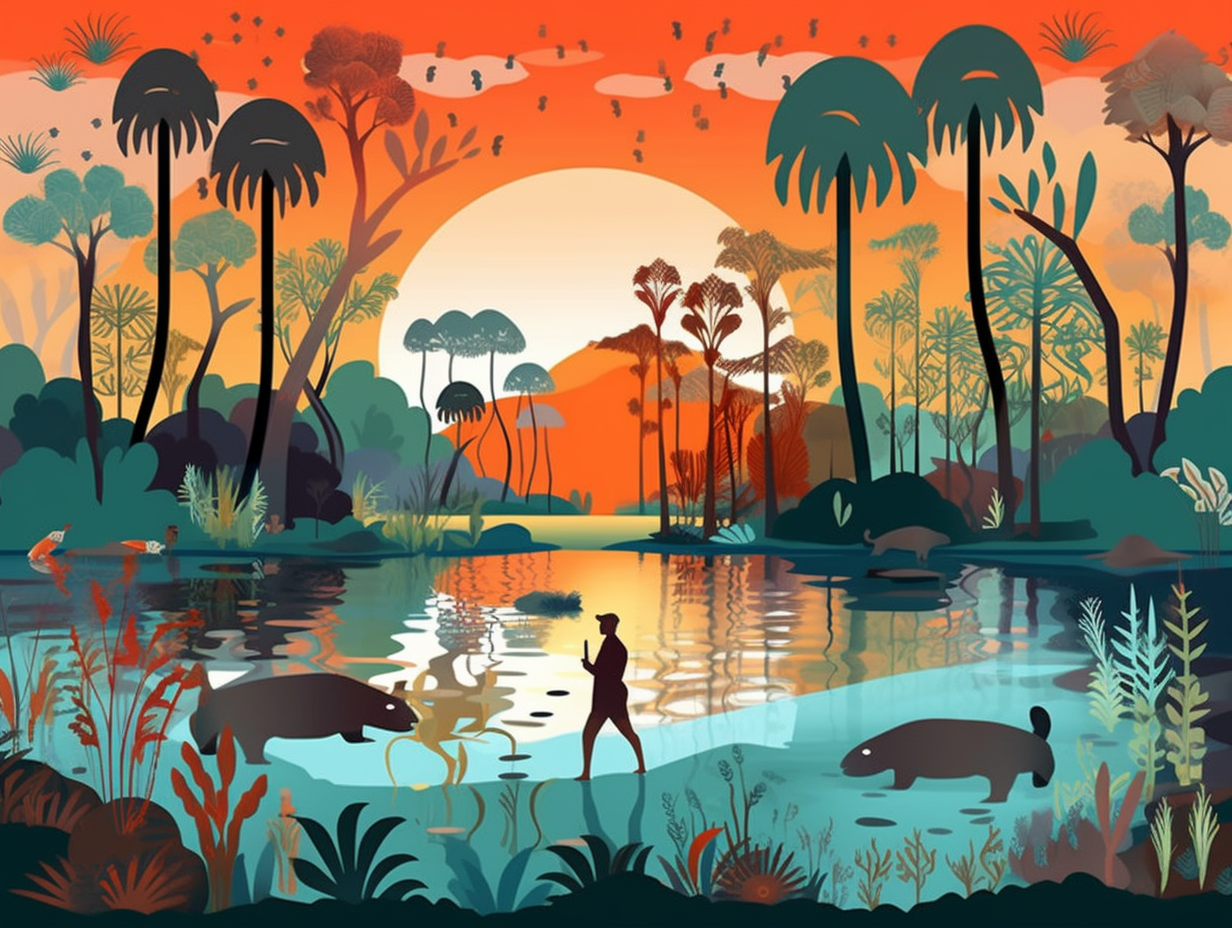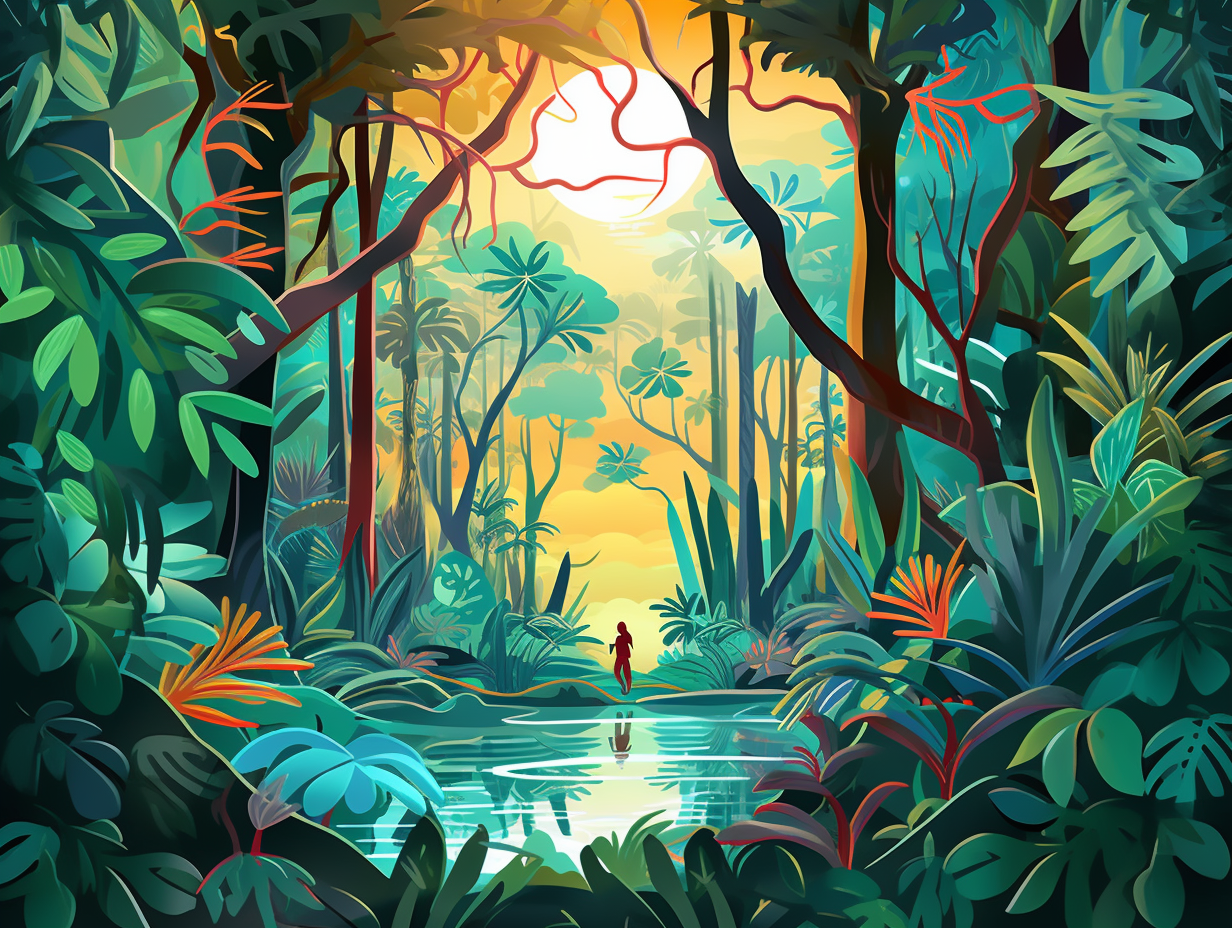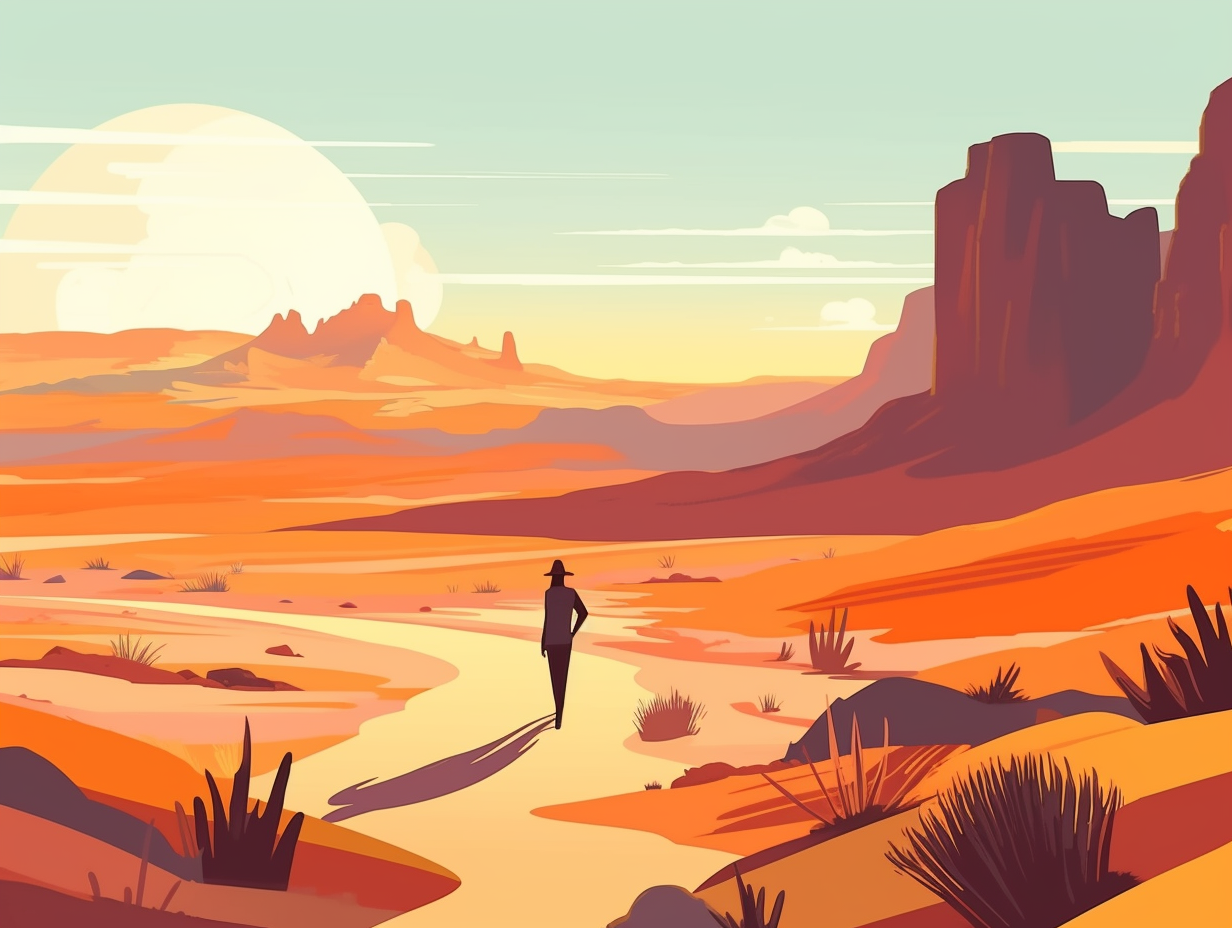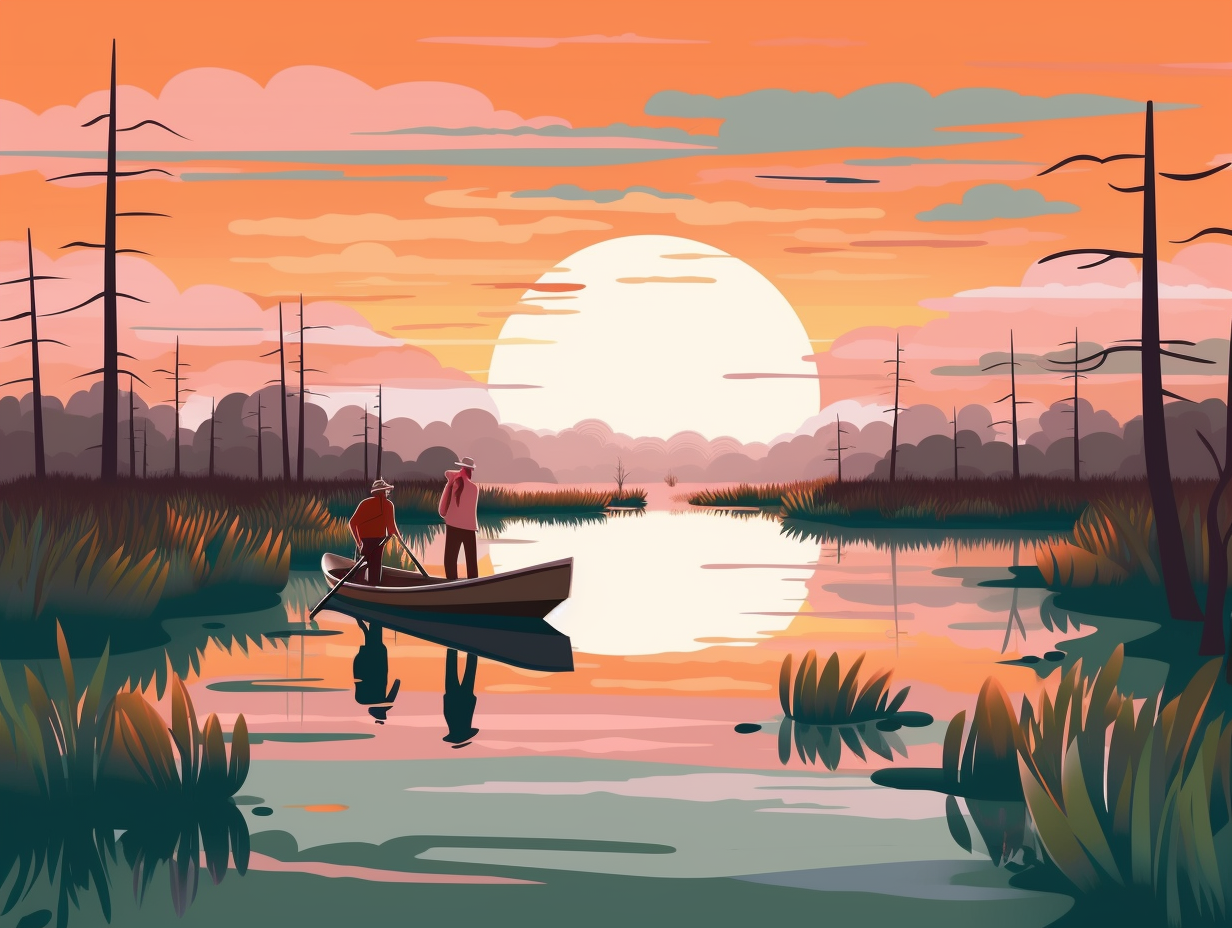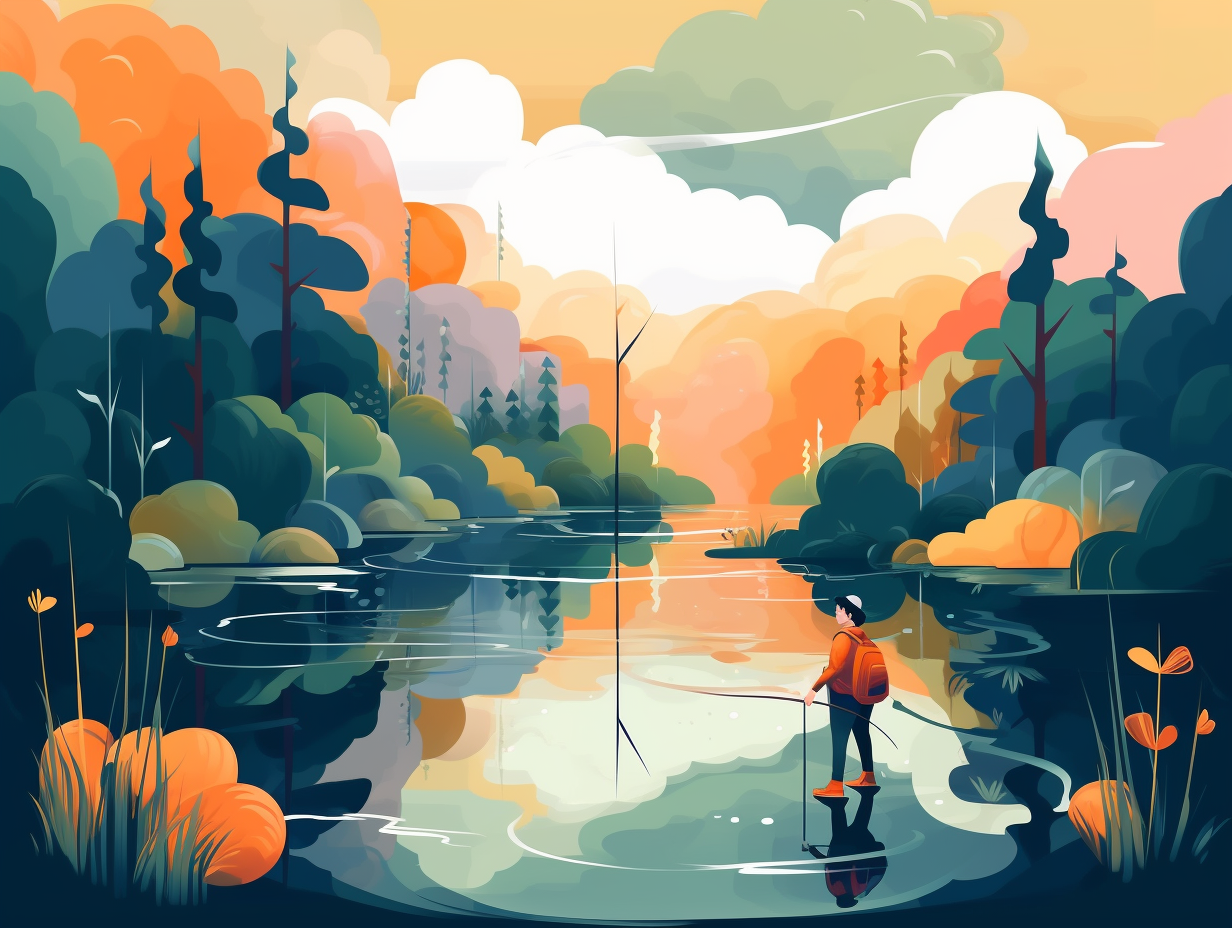Discover the Wonders: Top 13 Fun Facts About the Great Barrier Reef You Can't Miss!
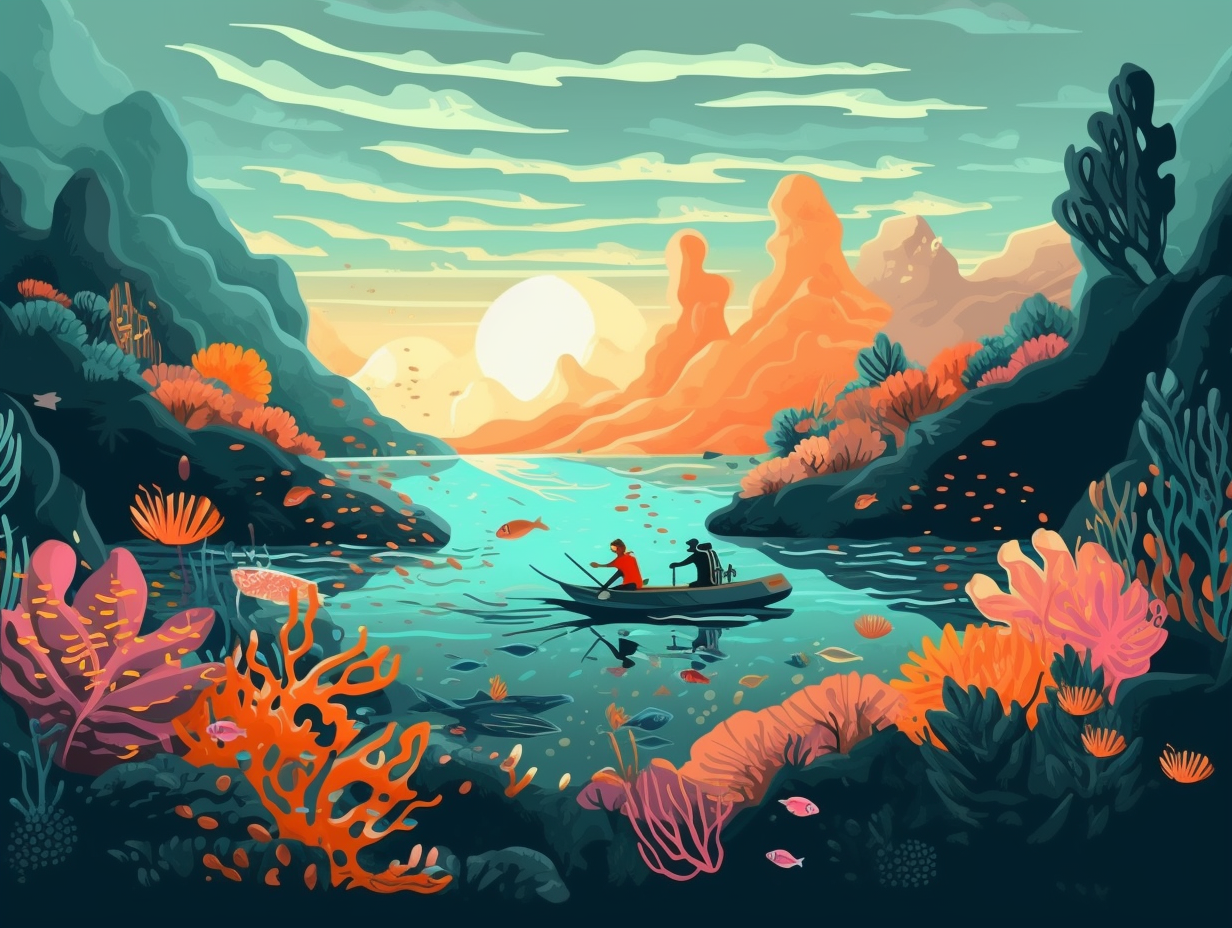
1. Finding Nemo's Ultimate Underwater Metropolis
Finding Nemo would have been a lot longer if it was set in the entire Great Barrier Reef, with Marlin and Dory having to comb through over 1,500 species of fish neighbors to find Nemo: This natural wonder stretches over 1,400 miles, covering around 133,000 square miles and includes nearly 3,000 individual reefs, effectively making it the ultimate underwater metropolis managed by the Great Barrier Reef Marine Park Authority of Australia.
Source => oceanservice.noaa.gov
2. Most Epic Underwater Party
Fish in the Great Barrier Reef may very well hold the title for hosting the most epic underwater party of all time: bursting with over 1,500 species of tropical fish, including the smoothest of sharks, the baddest of barracudas, and the grooviest of green sea turtles, it's a marine shindig that rivals the biodiversity of a rainforest.
Source => livescience.com
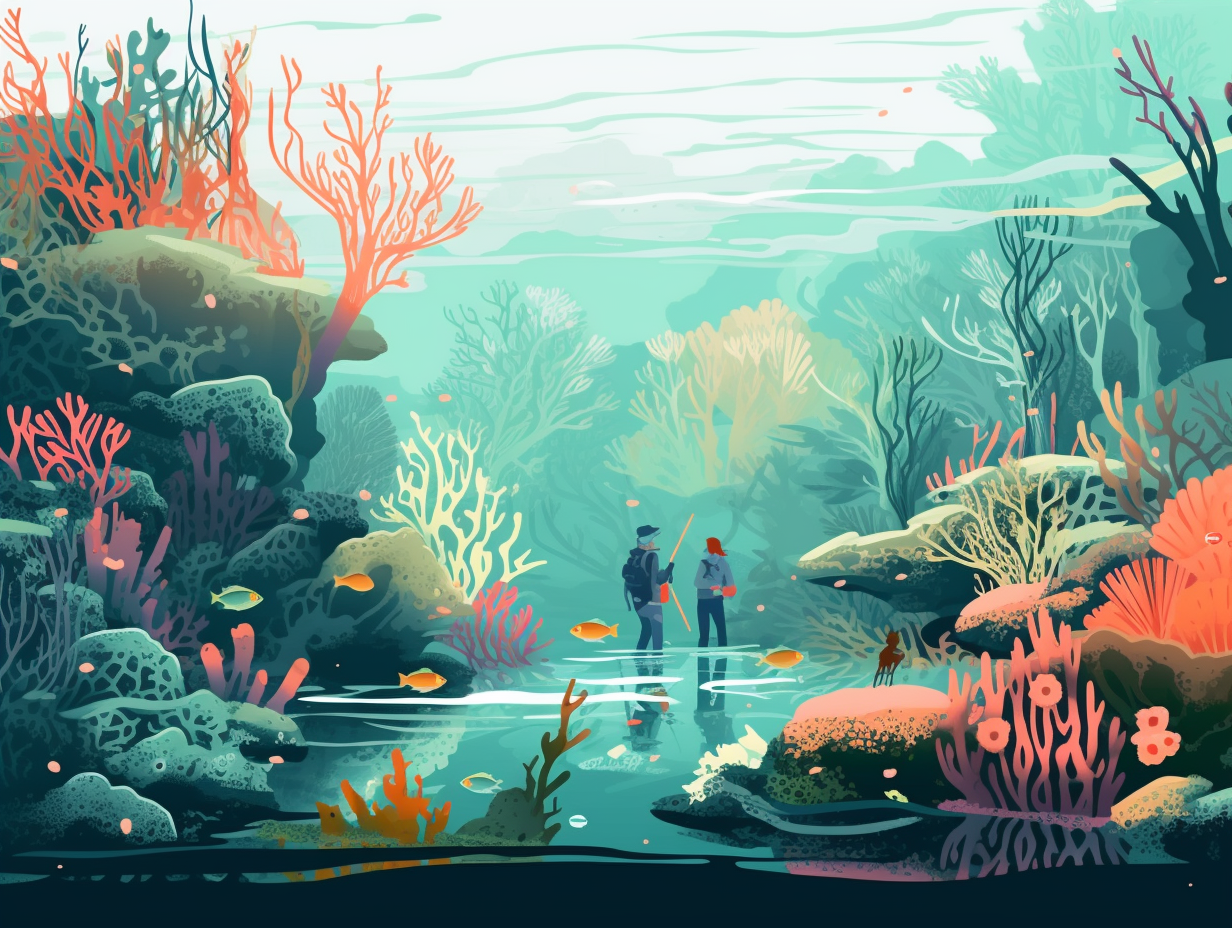
Dive into an underwater world filled with over a million vibrant species, where fish ride currents like NYC taxis! Discover how these thriving ecosystems benefit us and unlock hidden medical breakthroughs. 🐠🌊🔑
=> Fun Facts about Coral-Reefs
3. Sea Turtle 'Breedapalooza'
Step aside, Club Med: the Great Barrier Reef is where the cool sea turtles prefer to congregate for their annual 'Breedapalooza'; In truth, the reef boasts the world's largest green turtle breeding area at Raine Island, while also offering primo snack spots for one of the largest populations of the charming, yet threatened, dugong.
Source => whc.unesco.org
4. Coral Central Station
Feeling a little "fishy" and want to expand your guest list? Prepare to be Coral-ed away: The Great Barrier Reef is a thriving marine metropolis, hosting over 1,500 species of fish and more than 600 species of hard and soft corals.
Source => britannica.com
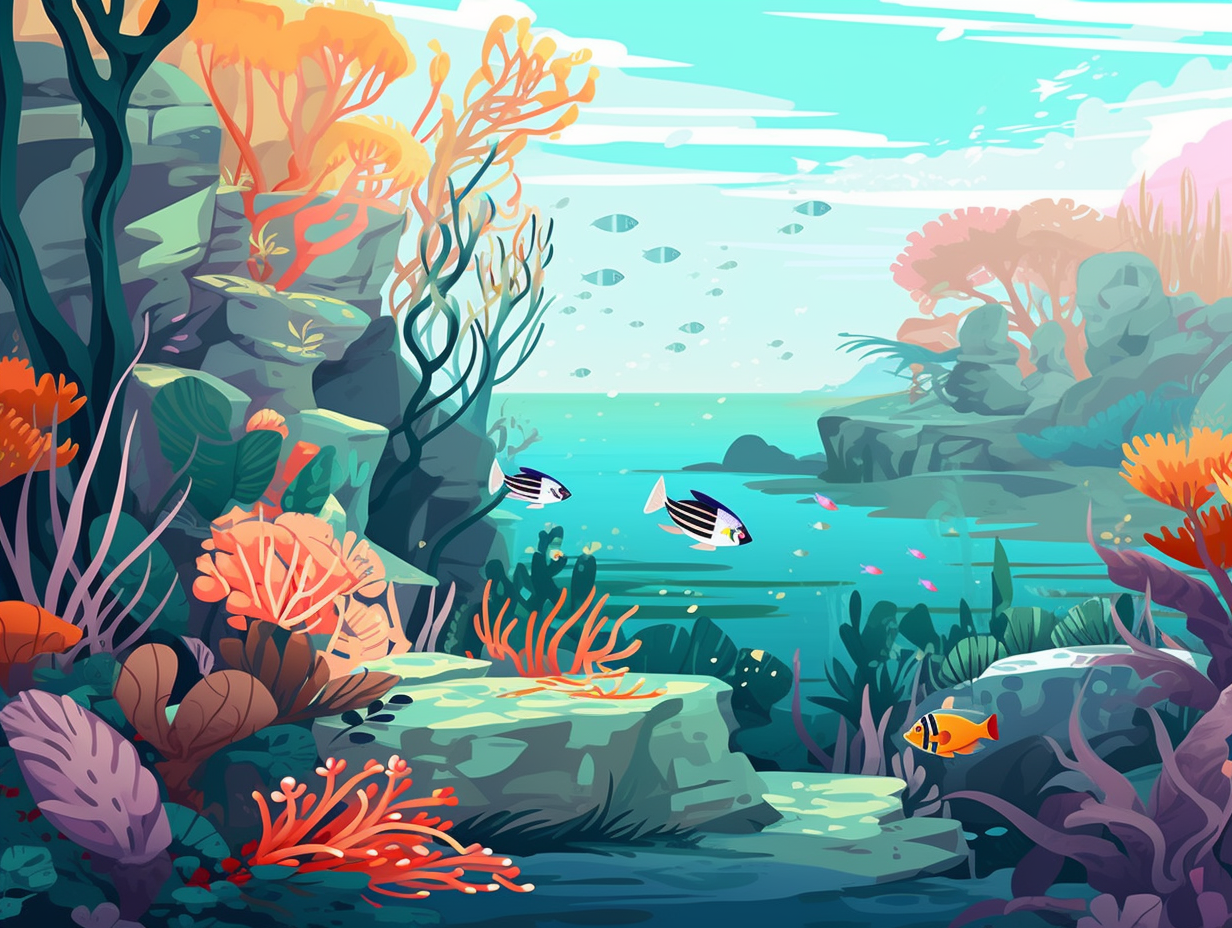
5. Ocean Daycare for Toddlers
Imagine the Great Barrier Reef as a daycare center for the ocean's toddlers: a place for flipping, flopping, and blowing bubbles! It turns out that the mighty underwater masterpiece is home to over 30 species of whales and dolphins, including the Australian snubfin dolphin and the Indo-Pacific humpback dolphin, two species that require some extra supervision due to potential threats.
Source => www2.gbrmpa.gov.au
6. Speedy Loggerhead Turtles
Whoever said "slow and steady wins the race" clearly didn't get the memo about loggerhead turtles on the Great Barrier Reef: these slow breeding speedsters make up 95% of nesting marine turtles on the Bundaberg coast and hold the title for the largest loggerhead turtle population in the South Pacific Ocean.
Source => www2.gbrmpa.gov.au
7. Disco-Dancing Centuries-Old Clams
Behold the disco-dancing, centuries-old clam: Giant clams residing in the Great Barrier Reef live up to 100 years, flashing their fabulous colors created by the symbiotic relationship between algae and the clam's own pigment, which also indicates the clam's health status.
Source => barrierreef.org
8. Coral Polyp Nightclub
Imagine a world where billions of tiny builders moonlight as algae farmers and nightclub promoters, coming together to throw the most extravagant, eco-friendly party under the sea: That’s the Great Barrier Reef for you, where coral polyps not only construct the reef with calcium carbonate, but host algae (zooxanthellae) that photosynthesize to fuel the underwater fiesta. Just beware, as climate change is like those obnoxious party crashers that turn the mood ghostly white by causing polyps to evict their algae pals during heat-induced bleaching events. But don't fret, oceanside bouncers like coral gardening and restoration projects are working 24/7 to make the reef a more happening scene once again.
Source => washingtonpost.com
9. Bummer "Bleachapaloozas"
In a series of highly unamusing "Bleachapaloozas," the Great Barrier Reef has been throwing the world's worst coral parties, with consequences both blinding and grim: In just 25 years, this breathtaking natural wonder has experienced six bleaching events due to climate change and land-based run-off, leading to a loss of color as zooxanthellae – the single-celled organisms living inside corals – give up the ghost when conditions drift from their happy place. And while sunscreens do play a crucial role in global contamination, they can't be held responsible for these reef-ruining pigment purges.
Source => phys.org

10. Shipwrecked Dating Scene
If you thought the dating scene was a shipwreck, wait until you hear about the Great Barrier Reef: This underwater wonderland boasts around 800 recorded ship and plane wrecks, many yet to be discovered, making it both a maritime history goldmine and a haven for marine life – though you'll need to snag a permit and follow some rules if you fancy a deep-sea rendezvous with these relics.
Source => www2.gbrmpa.gov.au
11. Fish School Reunion
In the underwater world of the Great Barrier Reef, "fish school" isn't just a punchline: it's a gathering of over 1,500 species of aquatic students, some of whom were only recently discovered by the esteemed fish whisperer, Sir David Attenborough. So, if you think your high school reunion was crowded, just imagine the diversity in this sprawling coral metropolis. And now, for the serious reveal: this breathtaking natural wonder houses one of the most vibrant and rich ecosystems on Earth, making it an irreplaceable treasure of biodiversity for scientists and snorkel enthusiasts alike.
Source => imdb.com
12. Sunken Treasures & Nautical Mysteries
Ahoy, treasure hunters and marine enthusiasts, prepare to dive into a nautical mystery at the watery graves of the Great Barrier Reef: Over 1,200 vessels have sunk there in the past 230 years, with only 114 found, turning this vibrant underwater world into a historical hotspot brimming with hidden stories, sunken secrets, and vibrant aquatic life, matey!
Source => australiangeographic.com.au
13. A Royal Reef Adventure
When Her Majesty fancied a dip with the fishes: Queen Elizabeth II and Prince Philip took a royal plunge into the breathtaking beauty of the Great Barrier Reef during their 1954 Australian tour, visiting all states and territories except the Northern Territory.
Source => nma.gov.au
Related Fun Facts


